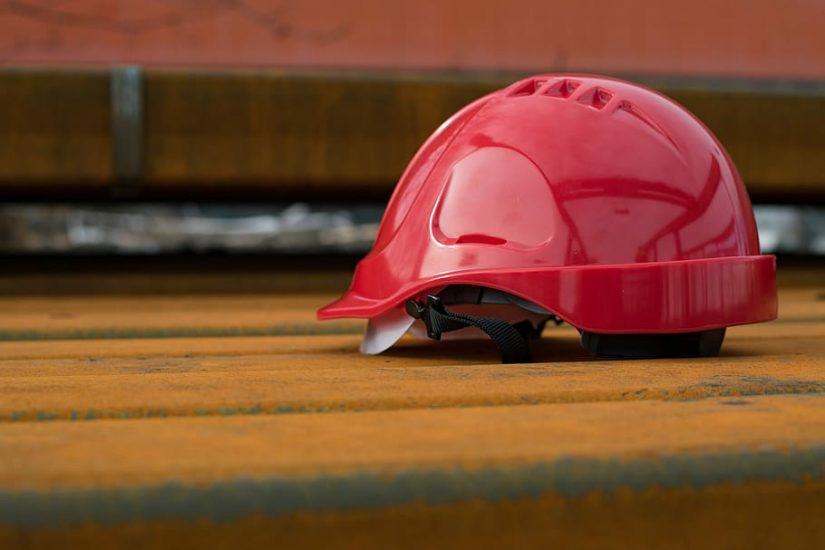Safety helmets are usually the trademark of construction workers. However, many other industries require its workers to wear a safety helmet. In fact, many activities involve risks of sustaining a blow to the head. Safety helmets are the answer, but that leads to the next question… how to choose the right model.
In Canada, safety helmets are subject to CSA standard Z.94.1-2005 (or its latest version). In the United-States, standard ANSI Z89.1-2003 applies. Since the US adopted its standard long before Canada, it comes as no surprise that safety helmets often comply with both standards. The US and Canadian standards vary slightly, but the rule of thumb is that all safety helmets for use in Canada should bear the CSA mark.
To help guide your choice of a safety helmet, you must understand their classifications, types and groups. Safety helmets are subjected to stringent tests in order to be classified. Firstly, they are tested for their resistance to impact:
- Type 1 safety helmets are resistant to impacts to the top of the head. This was the usual choice of workers in the past;
- Type 2 safety helmets are resistant to impacts to the top and side of the head. These offer optimal head protection. They are recognizable by the polystyrene shell on the inside of the hat.
Secondly, safety helmets are tested for electrical shocks:
- Group E safety helmets will resist to electrical shocks of 20,000 V.;
- Group G safety helmets will resist to electrical shocks of 2,200 V.;
- Safety helmets that offer no protection against electrical shocks fall under group C. Be aware that such helmets are limited to environments where workers are not exposed to risks of electrical shock.
Work-related hazards will determine the choice of a safety helmet. For example, you must opt for a Type 2 Group E or G safety helmets where workers are at risk of electrical shocks or lateral impacts.
Below is a list of commonly used safety helmets distributed by Sylprotec:
- Peak safety helmets manufactured by North with 4 or 6 point ratchet or pin-lock suspension, Type 1, Group E, G;
- Summit safety helmets manufactured by North, 4 point ratchet suspension, Type 2, Group E, G;
- Everest mining safety helmets manufactured by North, 4 point ratchet suspension, Type 1, Group E, G;
- V-Gard safety helmets manufactured by MSA, 4 point ratchet suspension, Type 1, Group E, G;
- Super V-Gard safety helmets manufactured by MSA, 4 point ratchet suspension, Type 2, Group E, G;
- Advances safety helmets manufactured by MSA, 4 point ratchet suspension, Type 1, Group C (does not protect against electrical shocks);
- Mining safety helmets manufactured by MSA, 4 point ratchet suspension, Type 1, Group E, G;
- Themed safety helmets manufactured by MSA (Quebec flag, Canadian flag, Canadian or American armed-forces flag), 4 point ratchet suspension, Type 1, Group E, G.
In some cases, accessories can be affixed to the safety helmet. These can be easily fastened to the helmet without having to pierce holes in the structure. The most popular accessories are:
- Ear muffs;
- Face shields to protect eyes and face;
- Sweatbands;
- Reflective tape;
- Inside liners against cold;
- Outside liners against cold.
Some safety helmets fit more comfortably around the head. Mining hats offer optimal protection, rain or shine.
A safety helmet must be replaced if it shows signs of wear and tear, discoloration from the sun, cracks or if it sustained a violent impact. In addition, its useful life is indicated on the helmet.
Safety helmets come in a variety of colors depending on the manufacturer. Also, manufacturers offer the opportunity to personalize your safety helmet depending on the size of the order. Terms and costs vary depending on the manufacturer.

